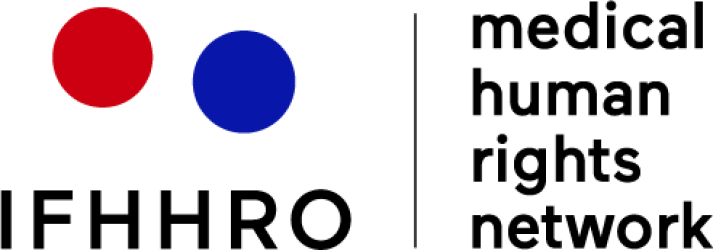COMPLETED STEP 5 – WHAT CAN I DO?
The table below describes the actions undertaken in the example from Nigeria during a period of 7 years. The actions are matched to the relevant categories identified in Section 1.
These steps for change are a clear example of action leading to reaction. What started small and relatively simple with the organisation of community dialogue sessions to find out the reasons why people were not making use of the rural hospital, expanded over time to structured and successful activities over a longer period which still continues today.
| Collection | Conducted community dialogue sessions to find causes for underutilization of health services
Collected collated and analysed data on current human costs of user fee policies on the rural poor |
| Dissemination | Held patient’s rights education sessions for clinic staff
Educated poor rural people about their right to health entitlements Wrote an article to raise awareness about the underutilization of the clinic |
| Mobilisation | Organised community members and health workers to form a Community Mutual Health Association as a platform for advocacy to the local government for essential medicines and medical supplies
Influenced colleagues to speak up or do something about the user fee policy |
| Creation | Renovated the clinic
Started a mobile health clinic to reach people in remote areas Co-founded an NGO (Physicians for Social Justice) to advocate for health rights of marginalized rural communities |
“When I became more aware of the human rights dimension of my work in 2005 I was motivated to continue to serve beyond the one year specified by the national Youth Service Scheme. 2011 marks 7 years since I stepped foot in rural Mashegu, it is difficult for me to leave. My knowledge of human rights changed my life and the way I see and care for my patients. Now I am not just a clinician, I am also a human rights advocate, working at the intersection of health and human rights.”
Dr Chukwumuanya Igboekwu, Nigeria
